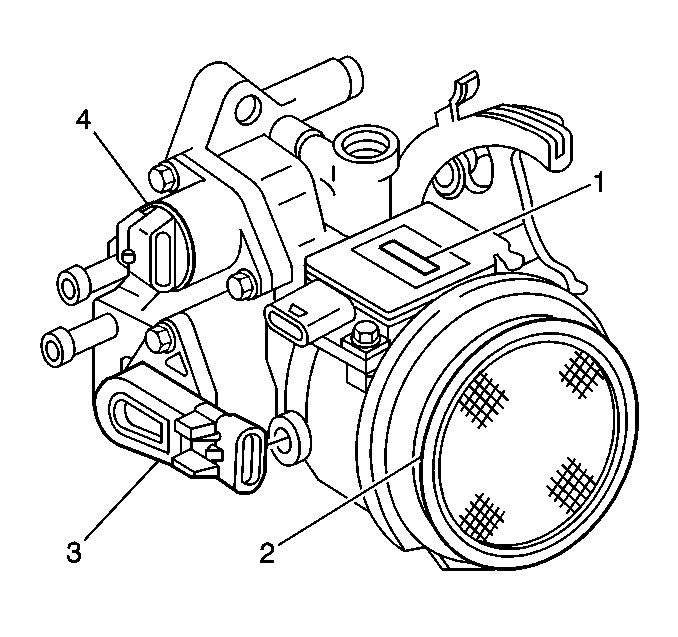Some failures of this system will result in an Engine Cranks
But Will Not Run symptom. If this condition exists, refer to
Engine Cranks but Does Not Run
. This will determine if the problem
is caused by the ignition system, the PCM, or the fuel pump electrical circuit.

